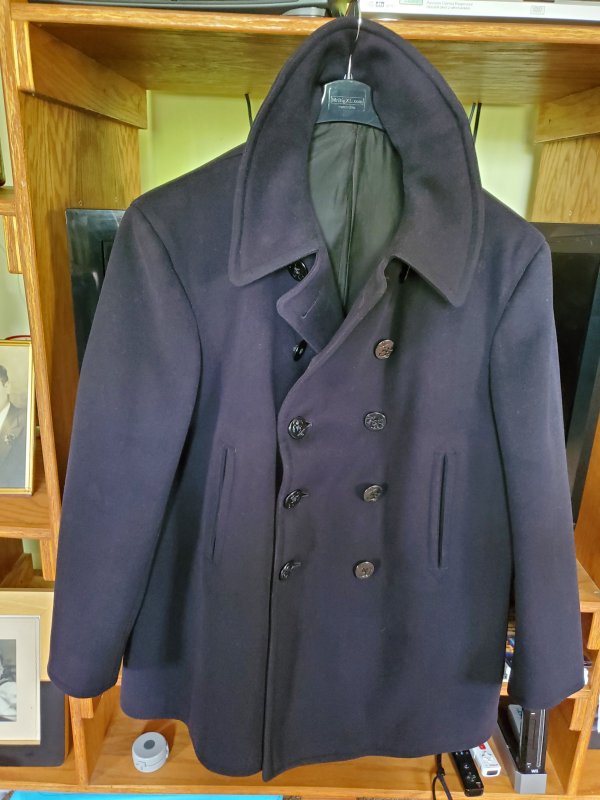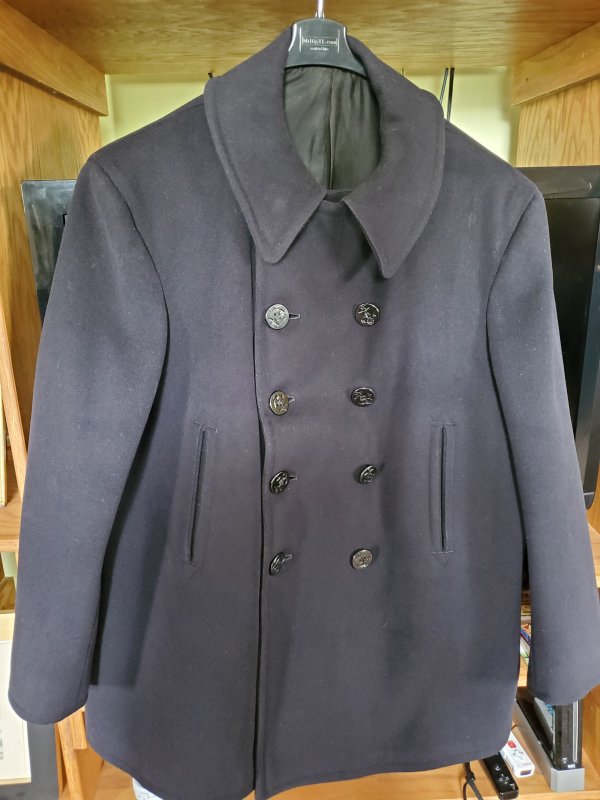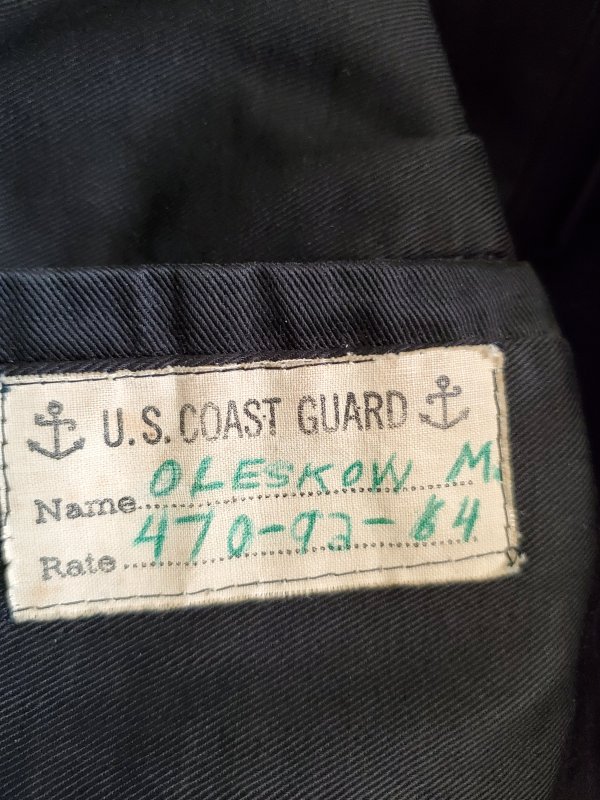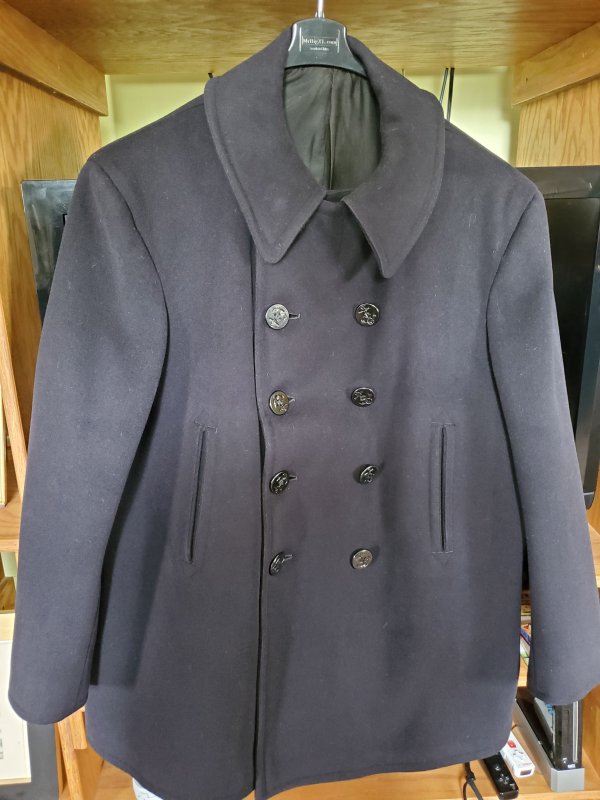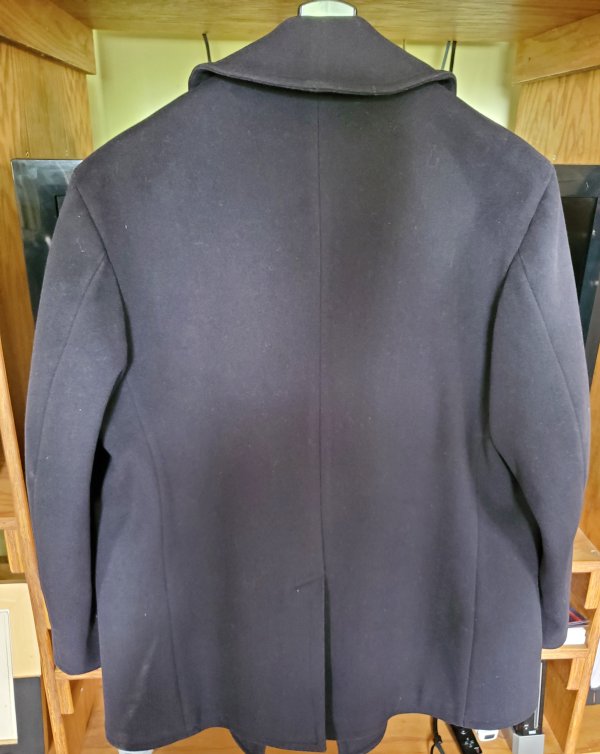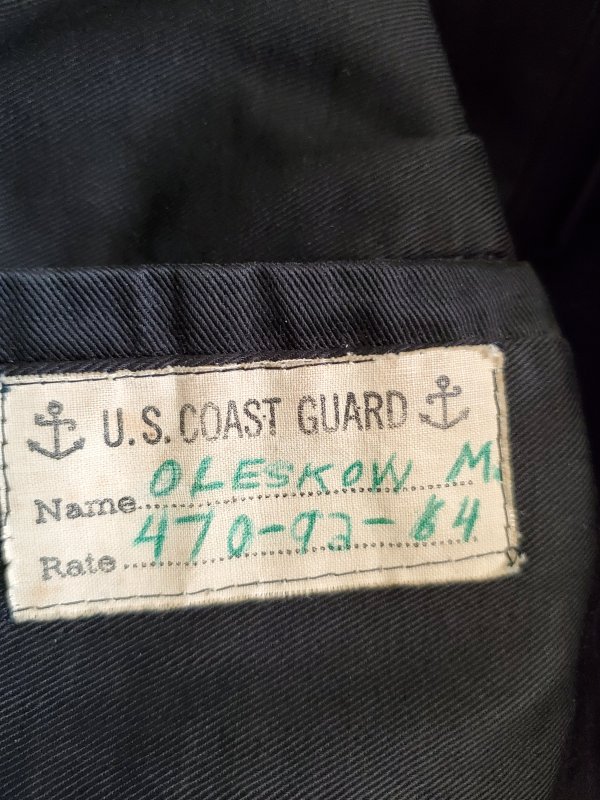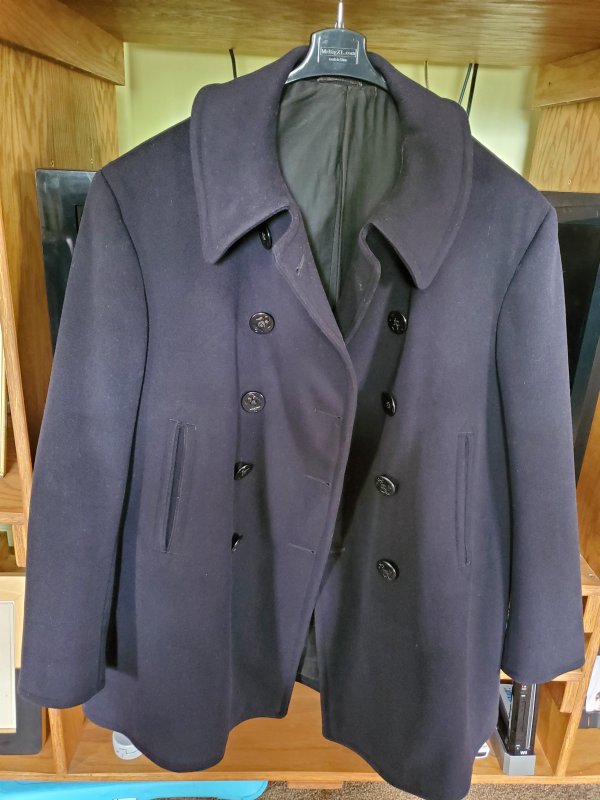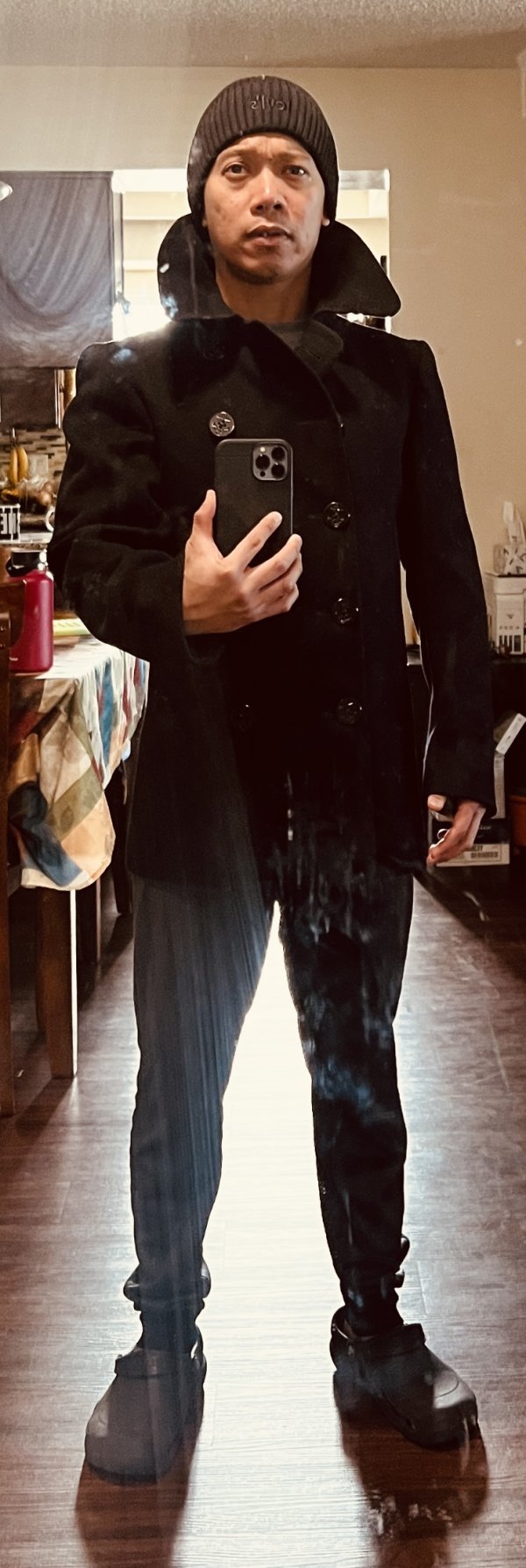Vodzilla
New in Town
- Messages
- 11
You should try a size 38. There are usually a ton of them on ebay both WWII and post war.
Sounds like you need a size 38. There usually are a ton of 38s both WWII and post war on ebay. I have two WWIIs both size 46 or 46 Long. They are both very rare sizes. I'll be posting photos very soon of the one I just bought a couple of weeks ago.
I thought about sizing up but I feel doing so will present me with issues in vertical length as well as sleeve length. I will try to post a fit pic to better get my point across. Thank you.
